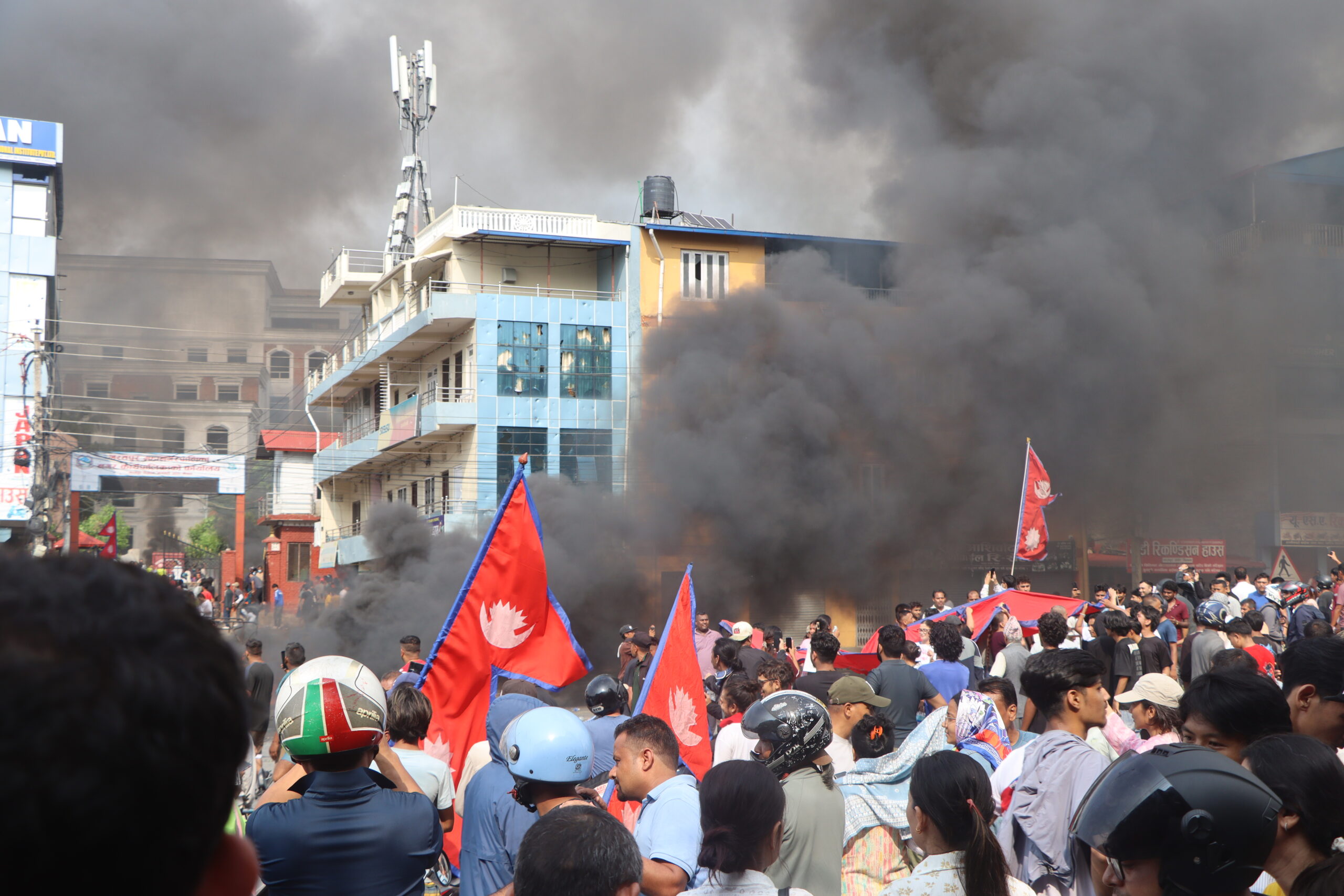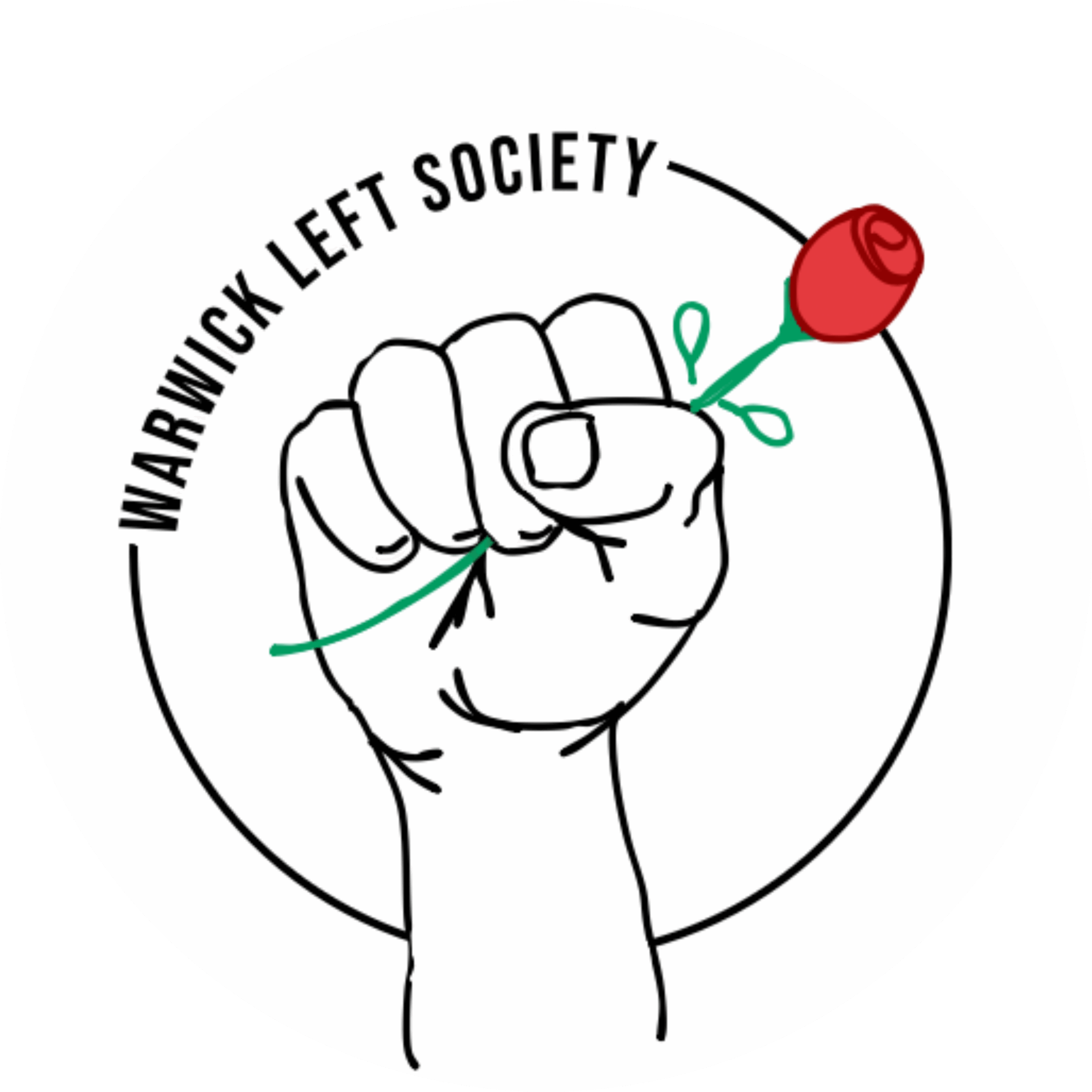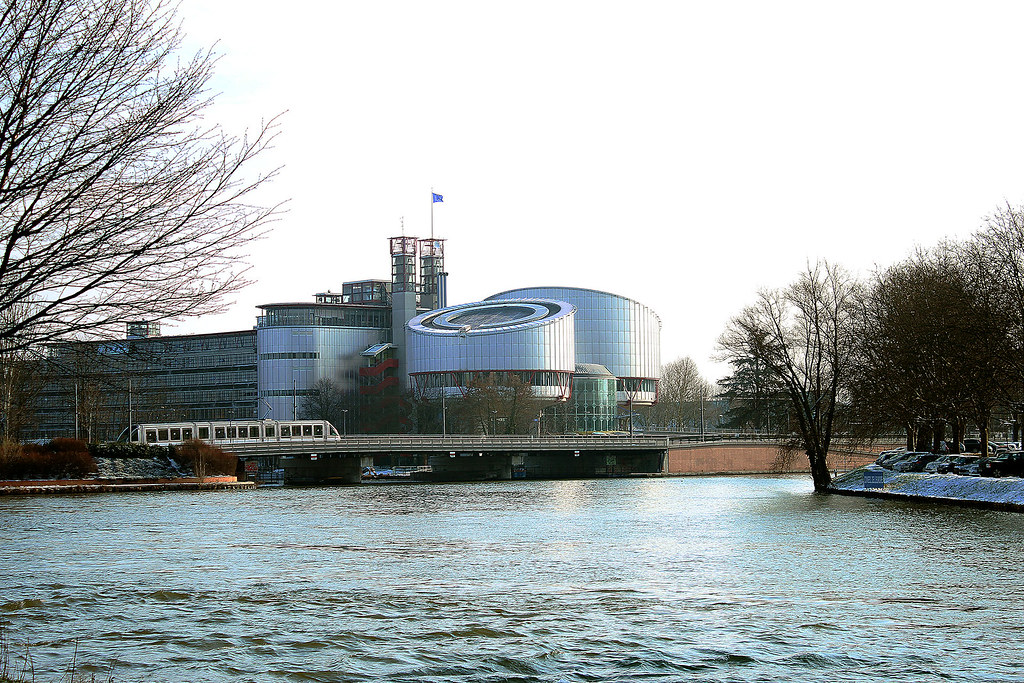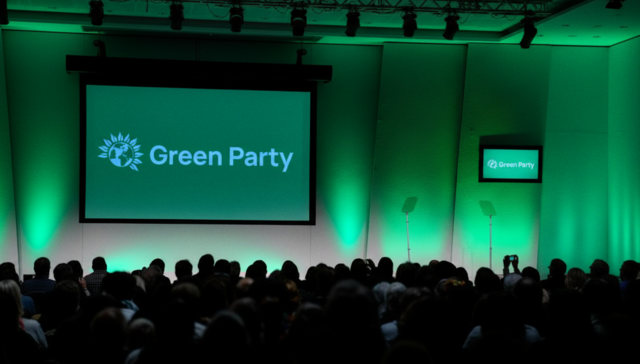
Image Credits: Wikimedia Commons
‘It’s not just about social media – it’s about silencing our voices’
September witnessed an extraordinary rupture within Nepal’s political landscape, proving a stark reminder of the fragility of democracy. A rupture in the form of a youth-led movement resulted in the overthrow of the government in just 48 hours. What was sparked by the government’s abrupt ban on 26 social media platforms, the protests were quickly seen to have escalated beyond digital outrage.
For many young Nepalis, forming what were described as Gen Z protests, the ban was not merely a restriction on social media, but was widely interpreted as a deliberate attempt to suppress dissent. It reflected intensified public frustration with a government already facing longstanding allegations of corruption, nepotism, and unaccountable governance. Protesters framed the unrest as a fight to reclaim their voices in a system that routinely silences them.
This movement of upheaval reflects far more than national discontent. Rather, this series of protests exposes the fragility of democratic institutions in the face of a post truth era, where truth is contested and corruption becomes culture. Nepal’s uprising, while having succeeded in the overthrowing of the government, offers a lens on the growing reality of post-truth politics and global disillusionment.
Ultimately, the protests bring about a question of if the flames of protest expose corruption, but truth itself is blurred beyond recognition, what remains for a generation demanding change?
In the wake of these protests demanding transparency and accountability, the consequences of a post truth era emerged as a defining force influencing the architecture of meaning in a fractured political landscape. Where facts are no longer shaped by evidence and reason, but used for political means.
First popularised in the wake of political upheaval and misinformation, the term post-truth gained global prominence in 2016 when it was named Oxford’s Word of the Year. Almost a decade later, its relevance has only grown, particularly in Nepal, where its resonance is apparent by the country’s ranking of 107th out of 180 in Transparency International’s 2024 CorruptionPerceptions Index. The figure highlights and underscores more than institutional decay but the wider erosion of public trust
For the Gen Z protesters, this post-truth era is not theoretical, it is a very real, lived experience of the public.Years of being gaslit, censored, and misrepresented by power. In a fractured political landscape marked by fragmentation and distrust, truth has proven to be more than a tool, it is now a common battleground within politics across partisan lines.
The erosion of truth in Nepal’s political and civic life has actively weakened democratic effectiveness as well as accountability. Despite repeated promises of stability, the past 17 years have witnessed 14 successive governments, with not a single leader completing a full term. A cascade of scandals have triggered countless ministerial reshuffles, and as political turnover accelerated, so too did disillusionment- until a breaking point – a sweeping social media ban that ignited the deadliest wave of unrest in decades.
This breaking point came on the 4th September 2025, where the government abruptly banned 26 social media platforms, citing national security concerns. Within hours, a rapid eruption of public anger led to protests spreading across the capital Kathmandu and beyond. What followed was not merely a reaction to the ban, but the eruption of long simmering frustrations from a generation silenced too often by what many described as revolving door politics. The ban served as a last straw, but the underlying anger was fueled by years of broken promises and entrenched neglect.
Nepal’s youth unemployment rate stood at 20.82% in 2024, reflecting the economic stagnation as well as structural barriers facing young people seeking employment. This additionally mirrors the widening inequalities facing the country, with political elites being accused of favouritism and dynastic privilege. The viral slogan ‘nepobabies’, aimed at the children of powerful figures living abroad, became symbolic of this growing divide encouraging the growing resentment among a generation left behind.
What began as ‘leaderless’ protests quickly evolved into a nationwide reckoning with governmental failure. Parliament buildings burned, the death toll climbed to over 70. Unsurprisingly, the turmoil forced the resignation of Prime Minister Oli, marking a crucial turning point in the country’s democratic trajectory. The scale of the unrest was not missed by the media, yet these deeper causes remained largely underexplored in mainstream coverage.
In the wake of the violence, the appointment of interim Prime Minister Sushila Karki, the first woman to head Nepal’s Government, has sparked cautious hope. In the government’s move to swiftly restore a semblance of stability, her role as a former Supreme Court Chief Justice known for her anti-corruption stance, signals a potential shift toward reform amid the political fallout.
Now, with the world watching, the question remains: will this moment lead to meaningful change, or will the familiar cycle repeat? Serving as a stark reminder; this was no isolated event. Nepal’s crisis echoes a wider erosion of democratic norms and transparency across the globe. The power of youth-led resistance signals a growing demand for legitimacy, not just leadership. The answer may lie in our collective willingness to recognise and support movements that fight for truth, transparency, and true democratic legitimacy – not just in Nepal, but also far beyond.






